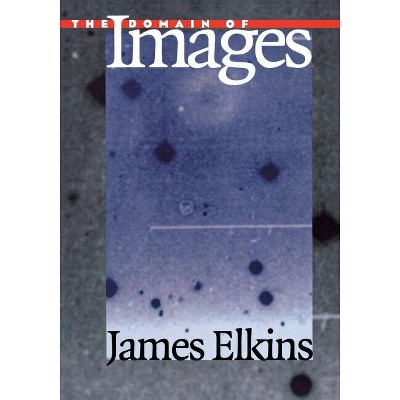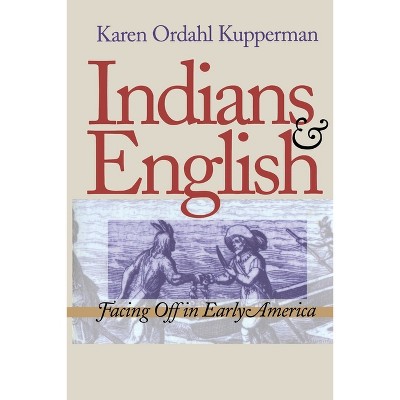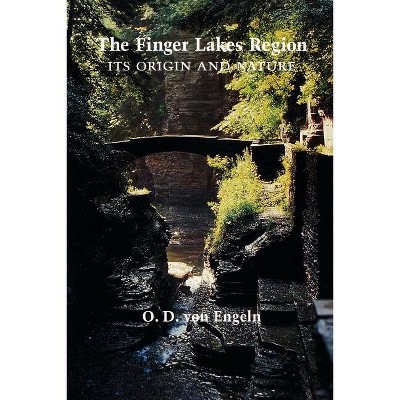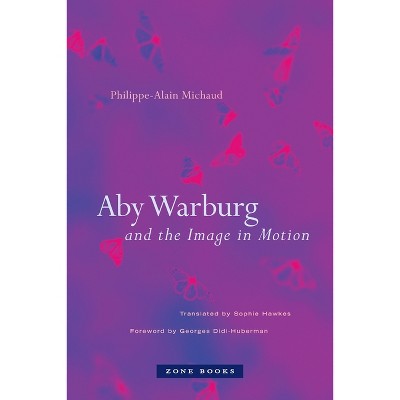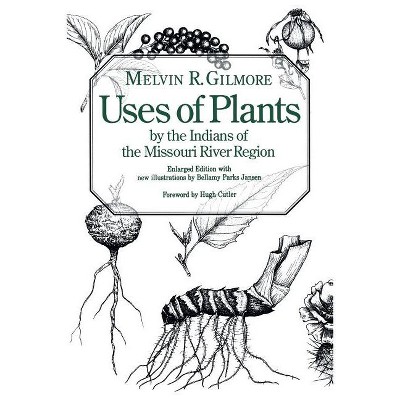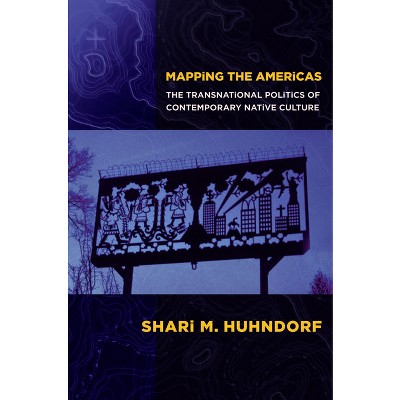Sponsored

Images from the Region of the Pueblo Indians of North America - by Aby M Warburg
In Stock
Sponsored
About this item
Highlights
- Aby M. Warburg (1866-1929) is recognized not only as one of the century's preeminent art and Renaissance historians but also as a founder of twentieth-century methods in iconology and cultural studies in general.
- About the Author: Michael P. Steinberg is Director of the Cogut Center for the Humanities and Professor of History and Music at Brown University.
- 128 Pages
- Social Science, Ethnic Studies
Description
About the Book
Images from the Region of the Pueblo Indians of North America translates Aby M. Warburg's seminal study of the "serpent ritual" of the Hopi people, which grew out of a trip to the American Southwest undertaken by Warburg in 1895-1896.
Book Synopsis
Aby M. Warburg (1866-1929) is recognized not only as one of the century's preeminent art and Renaissance historians but also as a founder of twentieth-century methods in iconology and cultural studies in general. Warburg's 1923 lecture, first published in German in 1988 and now available in the first complete English translation, offers at once a window on his career, a formative statement of his cultural history of modernity, and a document in the ethnography of the American Southwest. This edition includes thirty-nine photographs, many of them originally presented as slides with the speech, and a rich interpretive essay by the translator.
From the Back Cover
Aby M. Warburg (1866-1929) is recognized not only as one of the century's preeminent art and renaissance historians but also as a founder of twentieth-century methods in iconology and cultural studies in general. Warburg's 1923 lecture, first published in German in 1988 and now available in the first complete English translation, offers at once a window on his career, a formative statement of his cultural history of modernity, and a document in the ethnography of the American Southwest. This edition includes thirty-nine photographs, many of them originally presented as slides with the speech, and a rich interpretive essay by the translator. The presentation grew out of Warburg's 1895 encounter with the Hopi Indians, an experience he claimed generated his theory of the Renaissance. In this powerfully written piece, Warburg investigates the relationships among ethnography, iconography, and cultural studies to develop a multicultural history of modernity. As an independent scholar in Hamburg, Warburg led the intellectual circle that included Erwin Panofsky and Ernst Cassirer, pioneers in the investigation of cultural history through the analysis of visual art and the interpretation of symbols. When Warburg wrote this exposition, however, he was a mental patient in a Kreuzlingen sanatorium. Warburg's vulnerable state of mind lends urgency and passion to his discussion of human rationality and cultural demons.Review Quotes
The text casually titled Images from the Region of the Pueblo Indians of North America was originally a lecture intended to prove that its author was sane. Aby Warburg delivered his talk on April 21, 1923, before an audience of inmates, doctors and guests at the Bellevue sanatorium in Kreuzlingen, Switzerland. His lecture is fascinating. In it, Warburg recounts his youthful journey to the American West as the story of civilization told in reverse.
-- "New Republic"About the Author
Michael P. Steinberg is Director of the Cogut Center for the Humanities and Professor of History and Music at Brown University. He is the author of Austria as Theater and Ideology: The Meaning of the Salzburg Festival; Walter Benjamin and the Demands of History (both from Cornell); and Listening to Reason: Culture, Subjectivity, and Nineteenth-Century Music.
Shipping details
Return details
Trending Non-Fiction






